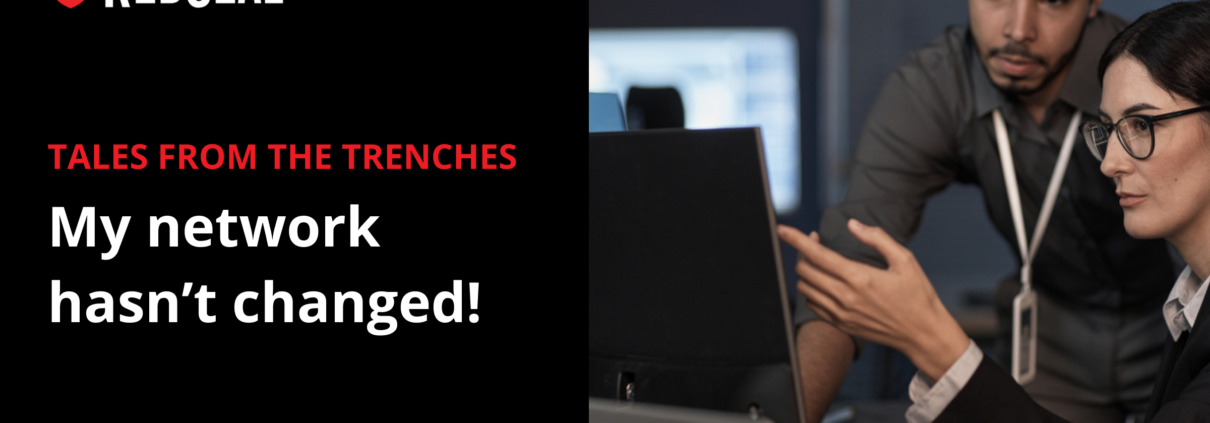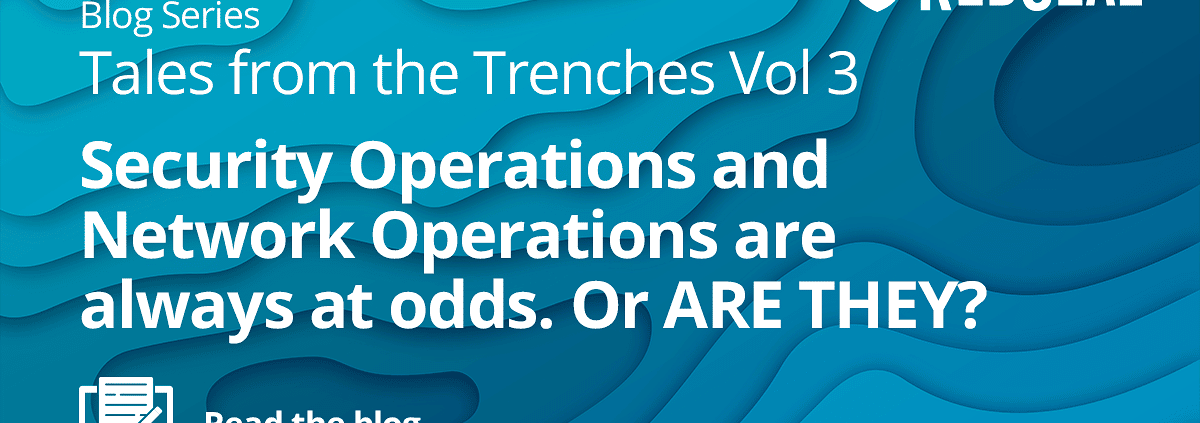Tales from the Trenches: When Low-Risk is Actually High-Concern
Since 2004, RedSeal has been instrumental in empowering our clients to comprehensively visualize and fortify their intricate networks. While our customers initially grasped the importance of understanding their network architecture, connections, and identifying potential risks, there’s often an enlightening “aha” moment when the true significance becomes unmistakable. These narratives, cherished within the confines of RedSeal, vividly exemplify the practical value of our platform beyond mere theory. In the words of our dedicated field team, who collaborates directly with our clients, this blog series aims to unveil the instances where the theoretical transforms into tangible reality.
Today’s post is brought to you by Chris Morgan, Client Engagement Director
In the realm of cybersecurity, where threats and vulnerabilities lurk aplenty, RedSeal stands as a beacon of innovation. Pioneers in network security analytics, RedSeal delivers actionable insights, enabling customers to close defensive gaps across their entire network.
While reviewing a large medical provider’s network, we discovered several high- and medium-severity vulnerabilities within the network. However, it was the low-risk vulnerability we found to be of highest concern.
Delving deeper into our investigation, we unearthed a situation of seismic proportions. Amidst the chaos of the COVID-19 era, the client’s IT team had inadvertently granted unrestricted access to a seemingly mundane printer. However, unbeknownst to them, and visible now only because of RedSeal, this printer served as direct access to more than 14,000 hosts within the client’s expansive network, opening access that could enable bad actors to directly invade much of the network. RedSeal’s comprehensive approach, merging risk and access, empowers genuine prioritization for clients.
With a fresh eye toward restricting access, we worked with the medical provider to remediate the exposure immediately, tightening access controls for printers and implementing access logs, securing them for the future.
At RedSeal, we’re committed to helping you fortify your digital infrastructure, for good. We proactively help visualize your network, identify attack paths, prioritize risk, and help you stay in compliance to ensure your business and customers stay secure.
Reach out to RedSeal or schedule a demo today.











